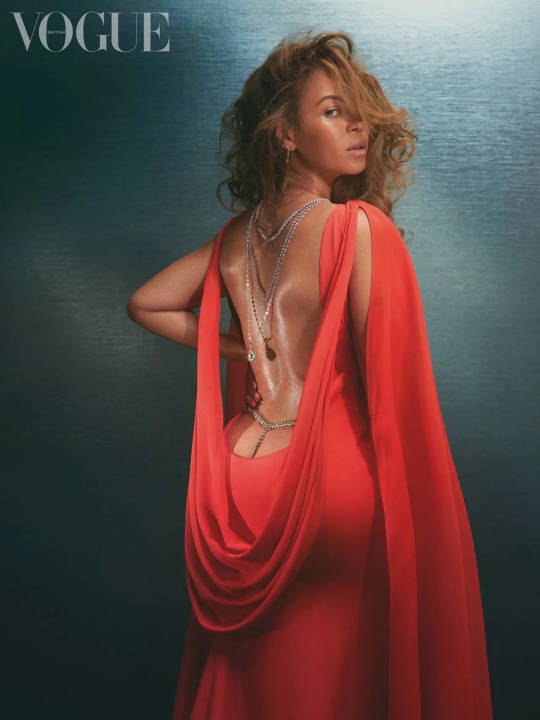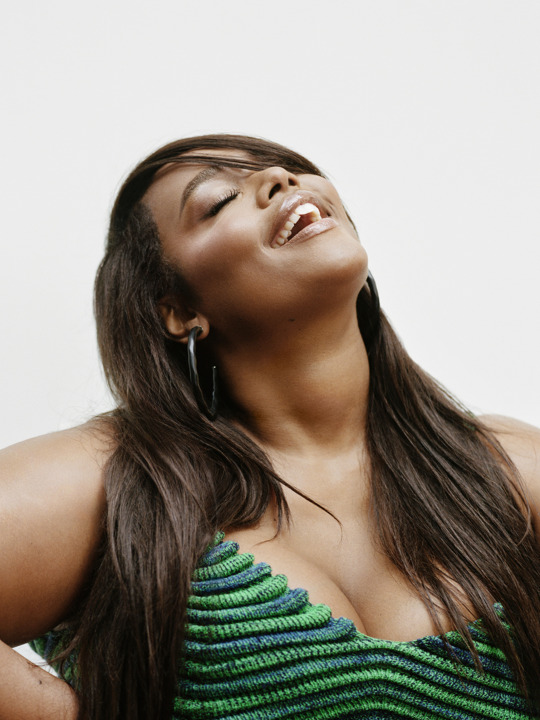#Kennedi Carter
Photo


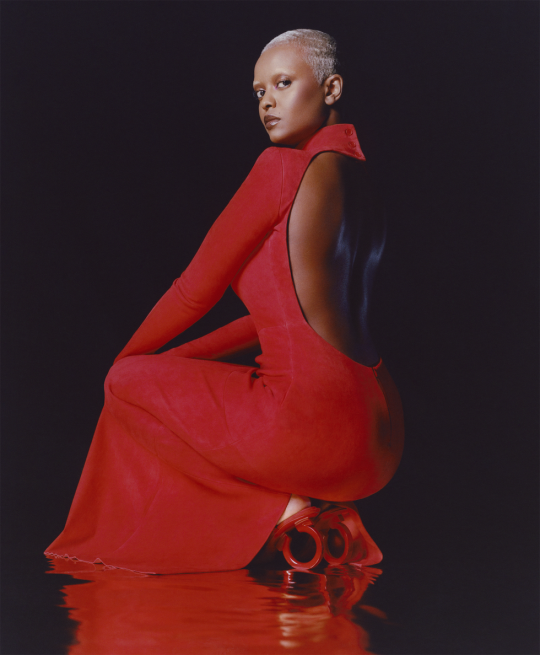

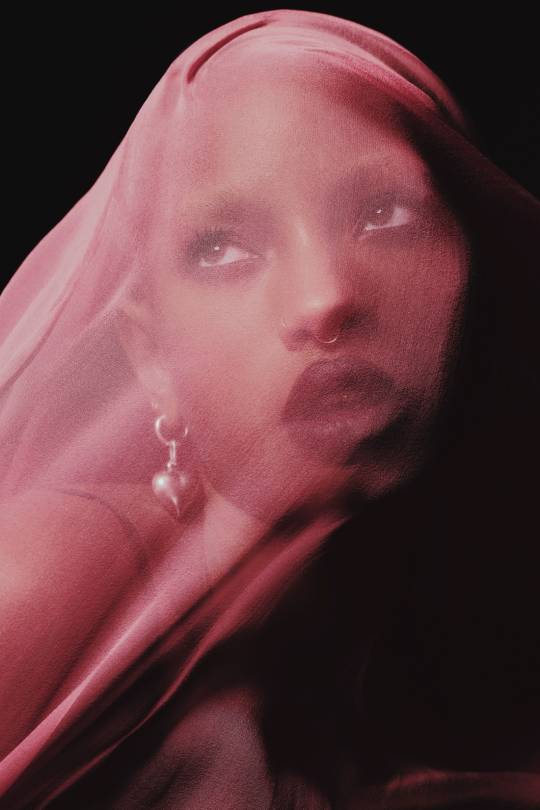


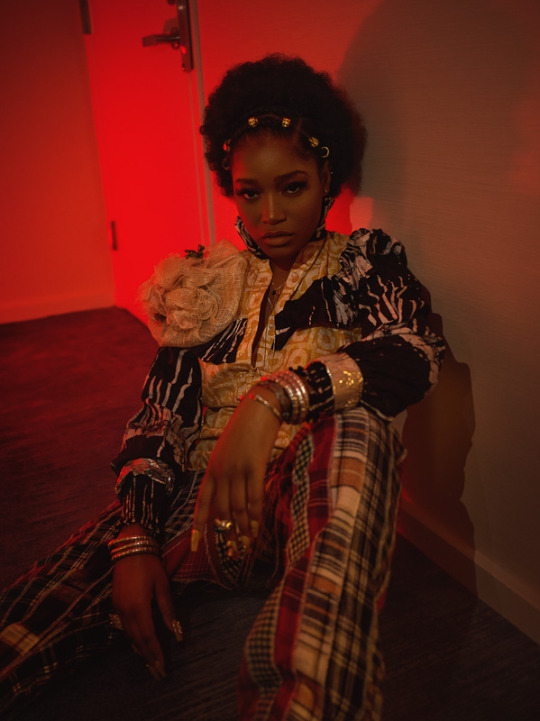
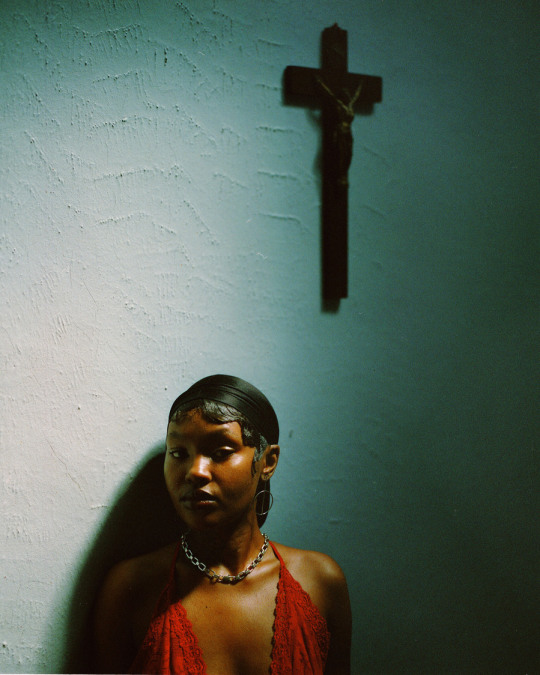

“The painting is a mirror. Absorption is self-absorption.”
from In the Break: Aesthetics of the Black Radical Tradition by Fred Moten
from top left to bottom right: Adrienne Raquel, Erik Carter, Lucie Fox, Adrienne Raquel, Adrienne Raquel, Adrienne Raquel, Mark Elzey, Kennedi Carter, Marcus Klinko
667 notes
·
View notes
Text
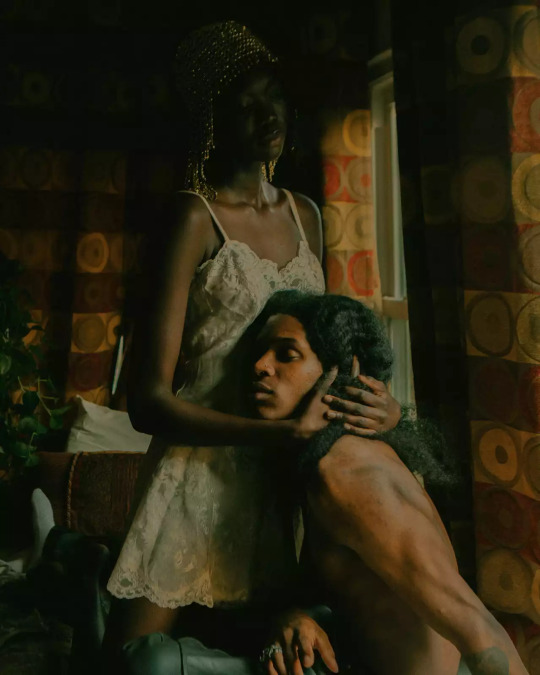
soon as i get home i, from east durham love by kennedi carter, 2019, archival pigment print
214 notes
·
View notes
Text
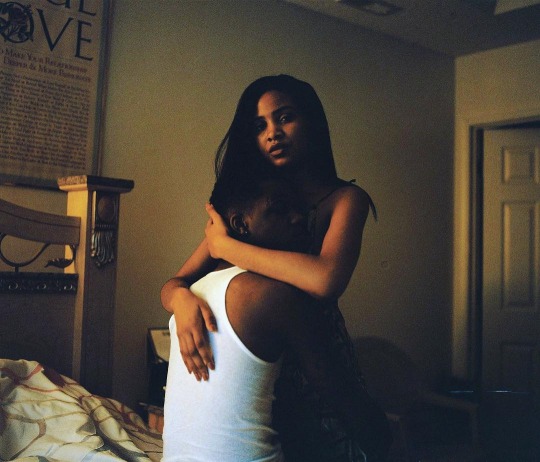
kennedi carter
49 notes
·
View notes
Text
Meet a New Generation of Black American ‘Cowboys’
With these images, photographer Kennedi Carter smashes an age-old stereotype: Cowboys aren’t all white men on horses, battling Indigenous people.
— Story and Photographs By Kennedi Carter | July 18, 2023

Doniyel Hooker bought her horse, Chance, in 2018. Whenever possible, Hooker, a math and science teacher, brings Chance to her elementary school to provide new experiences for her students. She’s ridden Chance on trails and even through the French Quarter of New Orleans.
The first time I saw a Black horseman, I was maybe six years old. I’m 24 now, grew up in the suburbs of Durham, North Carolina, but my mother’s family is from Dallas, and we’d drive back to visit. I remember this as one of those things where you’re chilling in the back seat, you see something crazy, your head does a complete 180. Cowboys! The white-man-on-a-horse archetype; battles with Indigenous people: That’s what I was most familiar with, from going to the movies with my grandfathers. So about five years ago, as I began to photograph on film, I thought it would be very interesting to turn that cowboy narrative inside out a bit. It’s always important to expand the narrow confines of what we perceive to be American culture, and how we as Black people sit inside it.
I’ve had a whirlpool of feelings, being a witness to these people. There’s a rich history of Black American cowboys, but for my work I’ve used the word “equestrian”—more inclusive now, I think. For a long time I observed from the ground, asking equestrians whether I could photograph them; I’d never ridden a horse myself until I climbed onto one while visiting trainer Silas Plummer outside New Orleans. Did I feel fully comfortable or at home? No. I thought a lot about not falling off. But in the Louisiana town where my grandfather was born, his sharecropper family didn’t have cars, so one assumes they were using horses or mules to get around. That was beautiful to circle back to, very ancestral.
And my biggest takeaway, working with all the equestrians, is just how alive they feel when they’re on a horse. There’s a freedom that comes from interacting with animals, with nature, with the land. This is what one form of that freedom looks like.

Horse trainer Silas Plummer holds Kash outside Child’s Arena stables in Bridge City, Louisiana. From wranglers to rodeo riders to jockeys, Black men and women have made their mark in many areas of horsemanship. In the United States, for example, an estimated one in four cowboys in the late 19th century was Black.

MaLana Lewis first rode a horse at age five during a camping trip. Her family later got her into barrel racing classes, and she has collected 24 first-place ribbons with her horse, Star. This photograph was taken in 2020, when Lewis was nine.


Left: Born to formerly enslaved parents in Texas, Bill Pickett became the best known Black rodeo star at the turn of the 20th century. He created the sport of bulldogging, or steer wrestling. Pickett performed around the world and was the first Black man inducted into the National Rodeo Hall of Fame. Courtesy North Fort Worth Historical Society
Right: After barrel racing as a teen, Esperanza Tervalon now trains with JaxieBaby in Bend, Oregon, to “go low and slow” in western pleasure riding competitions. The political consultant turns to horses to bring peace to her life. “I get centered. I always leave the barn feeling better than when I walked in.” Photograph By Kennedi Carter
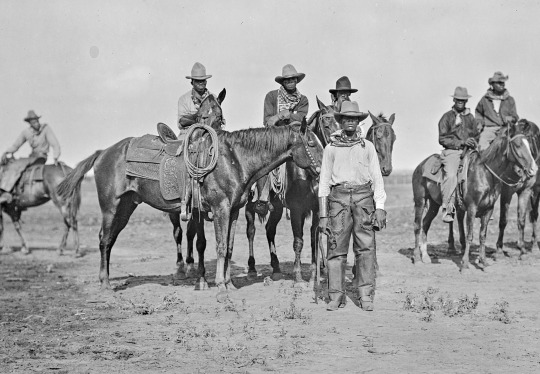
In the early 1900s, Black communities held festivals and rodeos in cattle country across various southern states. Here a group of cowhands show off their steeds at the Negro State Fair on the Fannin County Fairgrounds north of Bonham, Texas, in 1911. The annual event involved four days of parades, music, and rodeos. Racers also competed for prizes of $2 to $50. Courtesy of Erwin E. Smith Collection of The Library of Congress On Deposit at Amon Carter Museum of American Art, Fort Worth, Texas
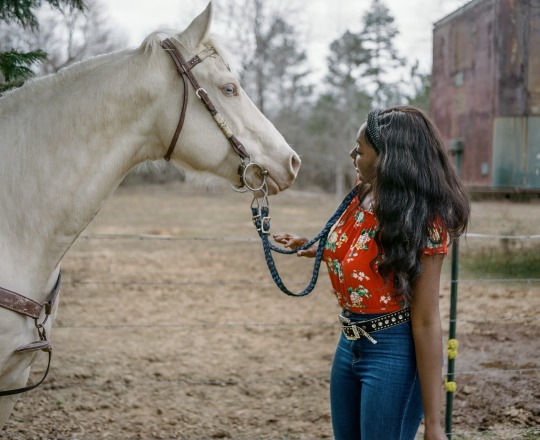
Trigger was Vinsha Torain’s first horse, and the two have ridden together since the college student was 13. Torain helps run the family ranch, started by her grandfather, in Siler City, North Carolina, and also heads Torain Ranch’s riding club, composed mainly of Black women.


Left: Nat Love, also known as Deadwood Dick, was born into slavery on a Tennessee plantation in 1854. After the Civil War he moved west and spent 20 years driving cattle. He got his nickname in Deadwood, South Dakota, after beating out every other competitor in roping and shooting contests.
Right: Isom Dart, born into slavery as Ned Huddleston in 1849 in Arkansas, was killed in 1900 in Colorado by a bounty hunter. A jack of many trades, including cook, miner, stunt rider, and horse and cattle thief, he was, ironically, shot for suspected cattle rustling once he’d gone straight. Courtesy Denver Public Library, Western History Collection
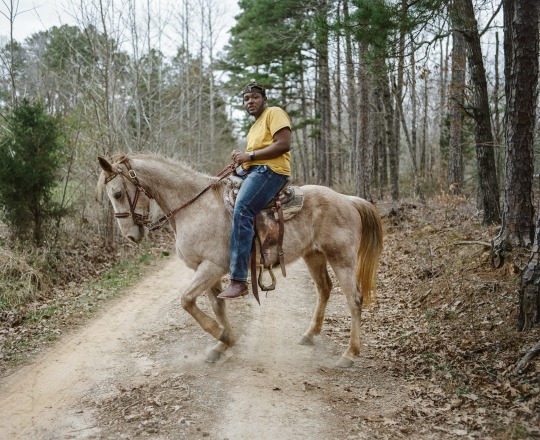
Jamel Robinson puts a client’s horse through exercises on a trail in Siler City. He started riding when he was four and training horses when he was 17. Robinson plans to stay in the business, which he learned from his father. “Horses keep me in a good mind space,” he says.
17 notes
·
View notes
Text
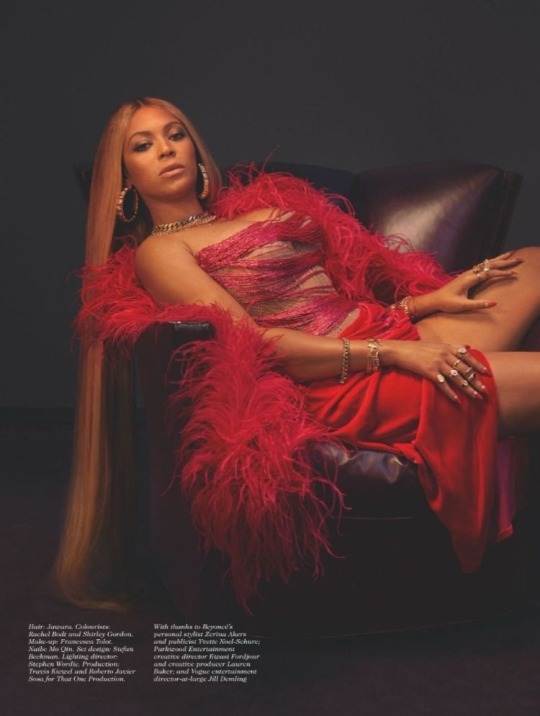
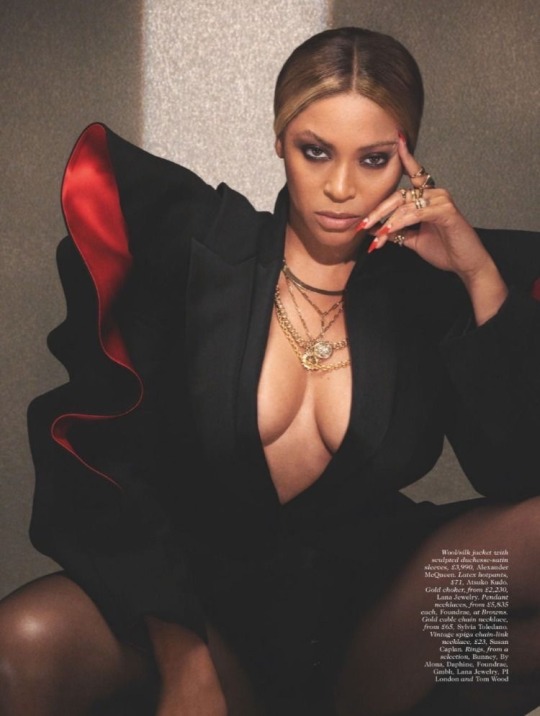
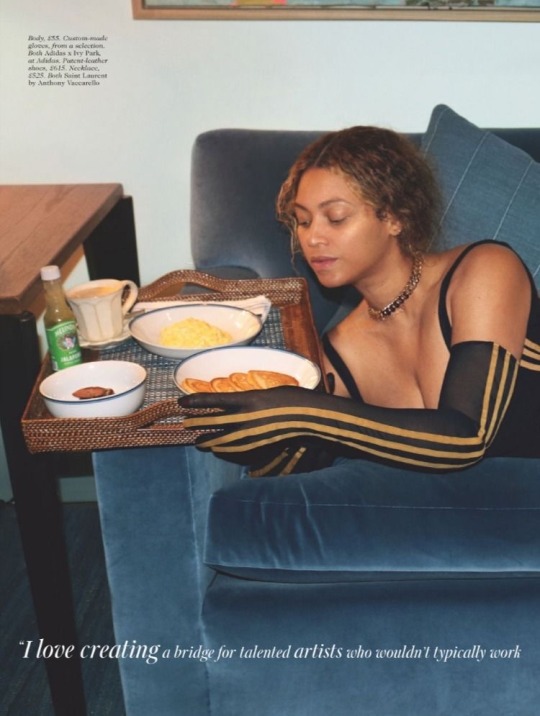
British Vouge by Kennedi Carter ‘20
5 notes
·
View notes
Text
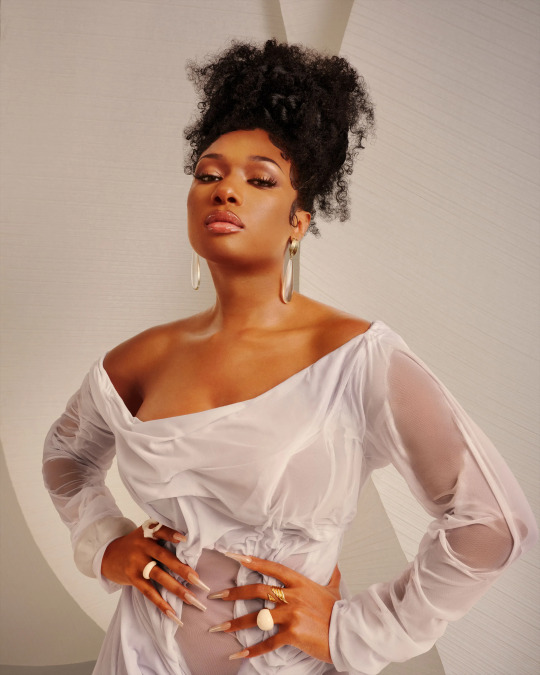

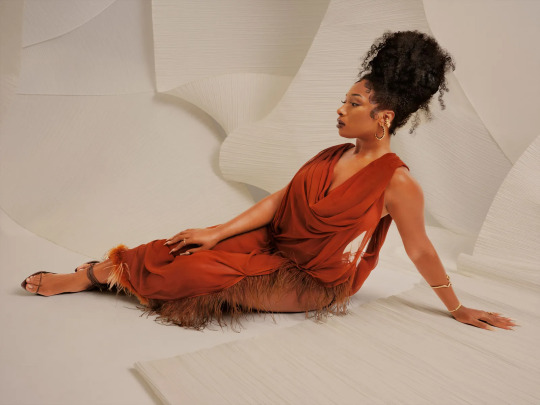



MEGAN THEE STALLION | Glamour 'Women of the Year', November 2021
Photographed by Kennedi Carter
#megan thee stallion#2021#november 2021#glamour magazine#glamour#magazine#kennedi carter#women of the year#celebrity#photoshoot
77 notes
·
View notes
Text

Soon As I Get Home III © Kennedi Carter - Courtesy oof the artist and ROSEGALLERY
3 notes
·
View notes
Text
Kennedi Carter, telling underrepresented black stories
Despite being so young, she has already achieved many goals in her career, being awarded the British Journal of Photography Ones to Watch and the Pride Photo Award, both in 2020. She has also worked with great and really important magazines such as British Vogue, GQ, The Fader, Essence, The New York Times, Men’s Health, TIME, and Refinery 29. In addition, she photographed Beyoncé for the December issue of British Vogue becoming the youngest person to ever photograph the cover.
Her photography focuses on Black subjects because, as she told us, she loves “telling black stories and finding the ones that are often either underrepresented or ignored or that were left out.” Carter gets inspired by “just seeing people live (…) and seeing them doing the things they love and being around the people they care about.” Her love for capturing intimate moments and emotions also mirrors her desire to tell stories. “Ridin’ Sucka Free”, one of her favourite projects aims to highlight Black cowboys in the South.
It was a pleasure to get to meet Carter and all her talent and ambitions. You can read it here.

0 notes
Text



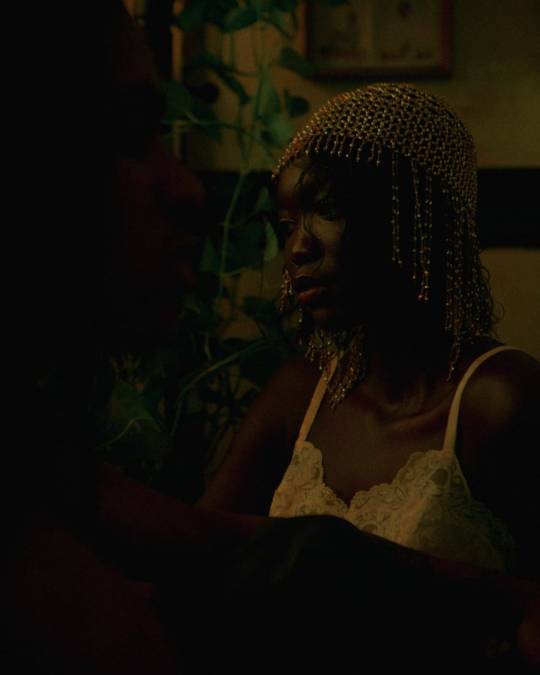
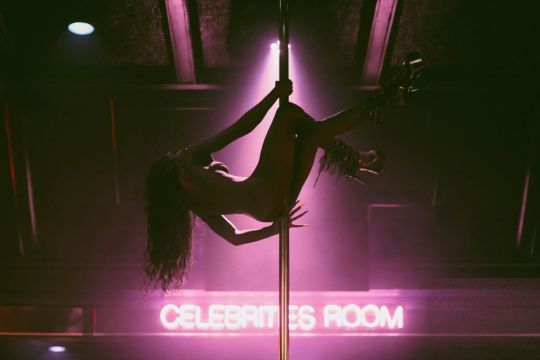
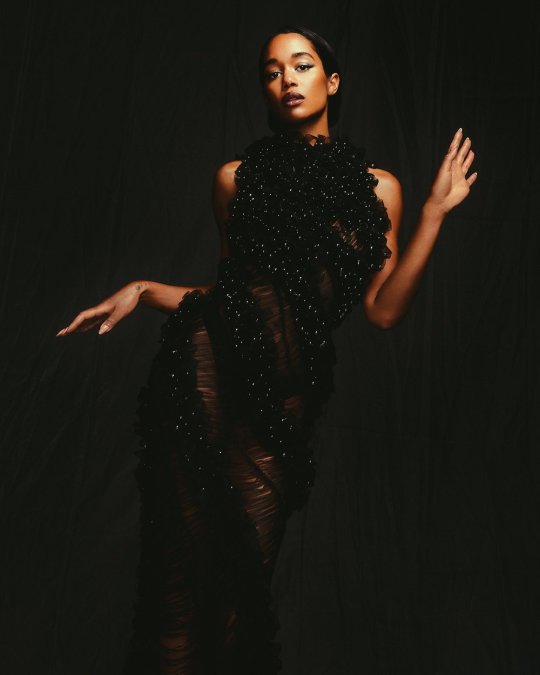
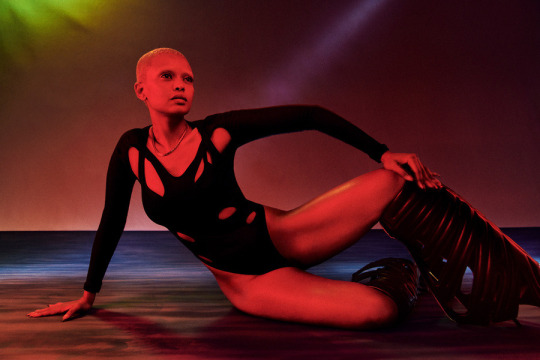
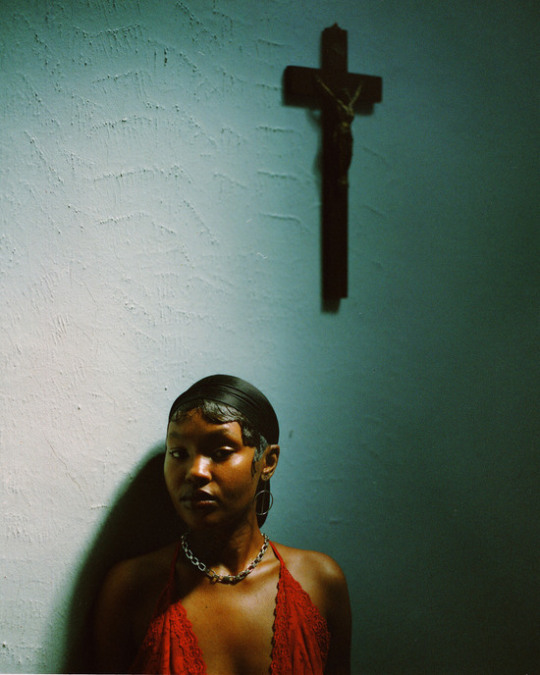
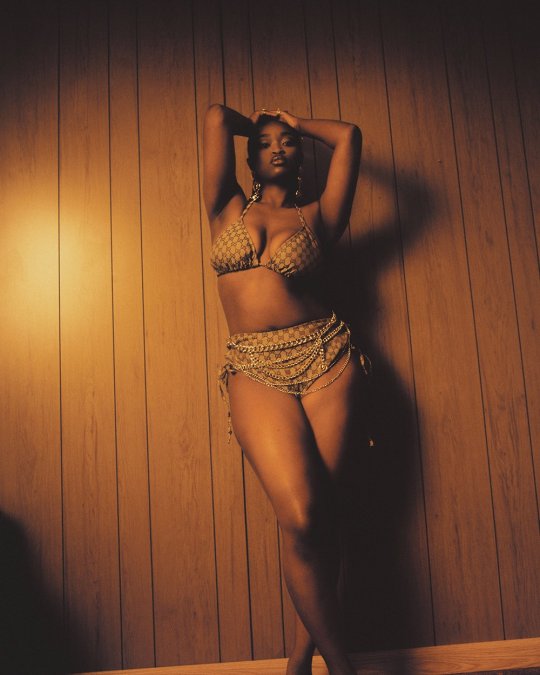

“we are the ones made of lining and longing and spilled, dirt and hurt tilled for what was done and not quite over.”
— from Dub: Finding Ceremony by Alexis Pauline Gumbs
from left top to bottom right: Adrienne Raquel, Nydia Blas, Shaniqwa Jarvis, Kennedi Carter, Adrienne Raquel, Adrienne Raquel, Chrisean Rose, Jai Lennard, Kennedi Carter, Chrisean Rose, Kennedi Carter
#Alexis Pauline Gumbs#Adrienne Raquel#Nydia Blas#Shaniqwa Jarvis#Kennedi Carter#Chrisean Rose#Jai Lennard
73 notes
·
View notes
Text

ebonee in topanga by kennedi carter, 2019, archival print, 30 × 30 inches
21 notes
·
View notes
Photo
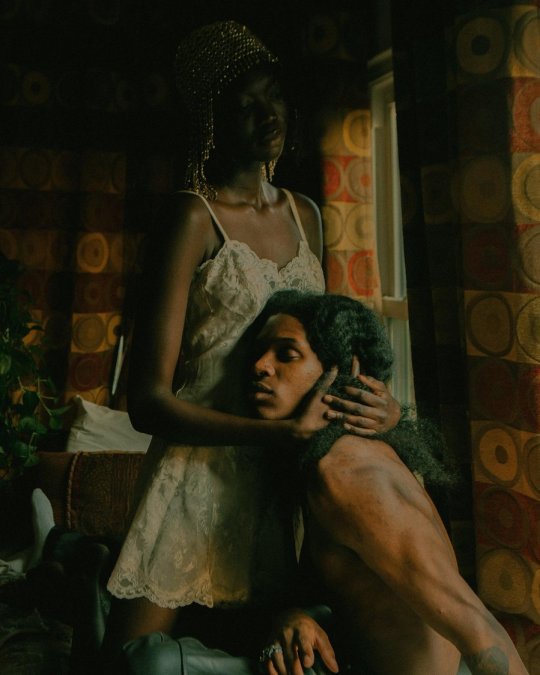
Kennedi Carter. (2019). Soon As I Get Home [Photography].
source
0 notes
Text
#blackbird#beyoncé#2024#2020s#cowboy carter#tanner adell#brittney spencer#tiera kennedy#reyna roberts
201 notes
·
View notes
Text

Beyoncé by Kennedi Carter ‘20
1 note
·
View note
Text


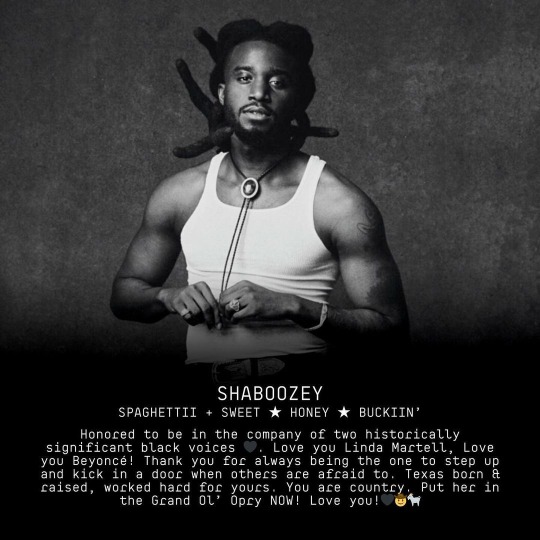

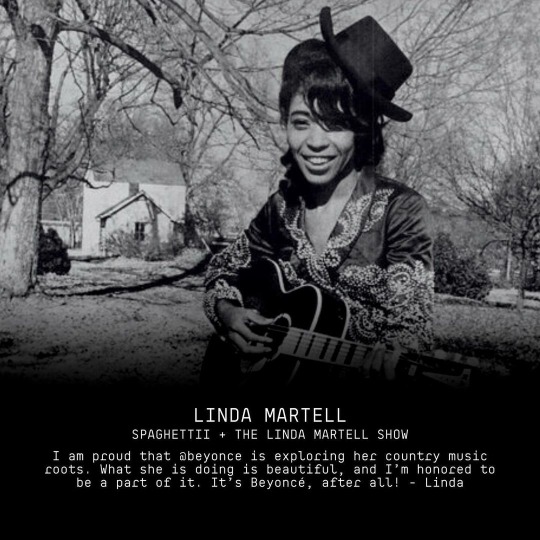

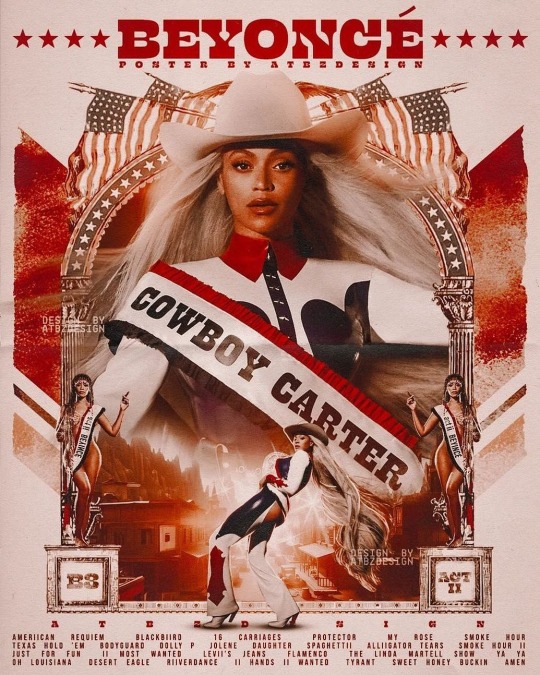
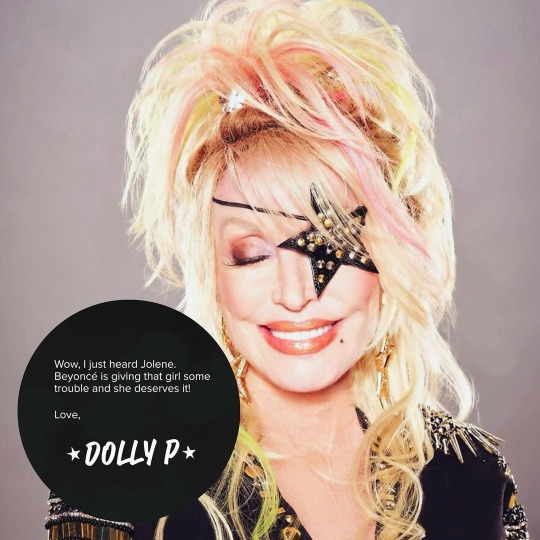
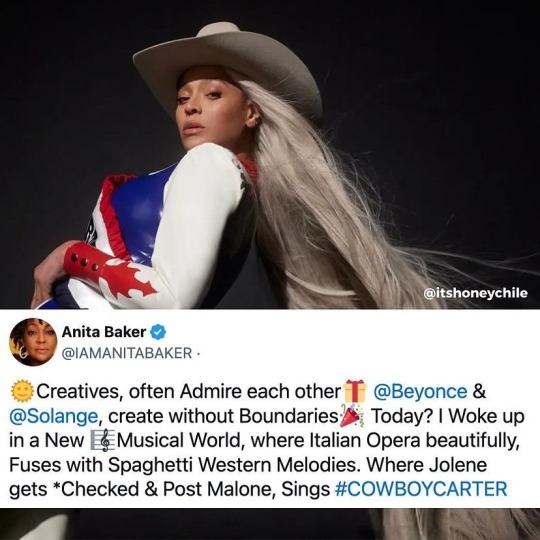

Cowboy Carter 🤠
bey.park:
A thread on artists featured\credited on Cowboy Carter talking about Beyoncé and the album 🤠
#beyoncé #cowboycarter #actii #mileycyrus #iimostwanted #tanneradell #dollyparton #tierakennedy #shaboozey
bluebeybleed:
Via in ‘COWBOY CARTER’ 🤠 . 🇧🇷 | A festa de rodeio começou mais cedo esse ano! Lançando seu 8° album de estúdio, a Honey B lançou seu novo álbum: Cowboy Carter. 27 músicas de um puro e maravilhoso album do ano. É incrível o trabalho que essa mulher fez aqui (e como é bom estar vivo para ouvir um feat entre Beyoncé e Miley Cyrus) . 🇺🇲 |
The rodeo party started early this year! Releasing their 8th studio album, Honey B released their new album: Cowboy Carter. 27 songs from a pure and wonderful album of the year. The work this woman did here is incredible (and how great it is to be alive to hear a feat between Beyoncé and Miley Cyrus)
bluebeybleed:
We are right there with the legend Anita Baker. Cowboy Carter is GIVING. And the artistic freedom? Inspiring. 🐎
Have you listened yet?
#tanner adell#miley cyrus#nancy sinatra#shaboozey#linda martell#tiera kennedy#jon batiste#dolly parton#anita baker#beyoncé#cowboy carter#act ii
93 notes
·
View notes
